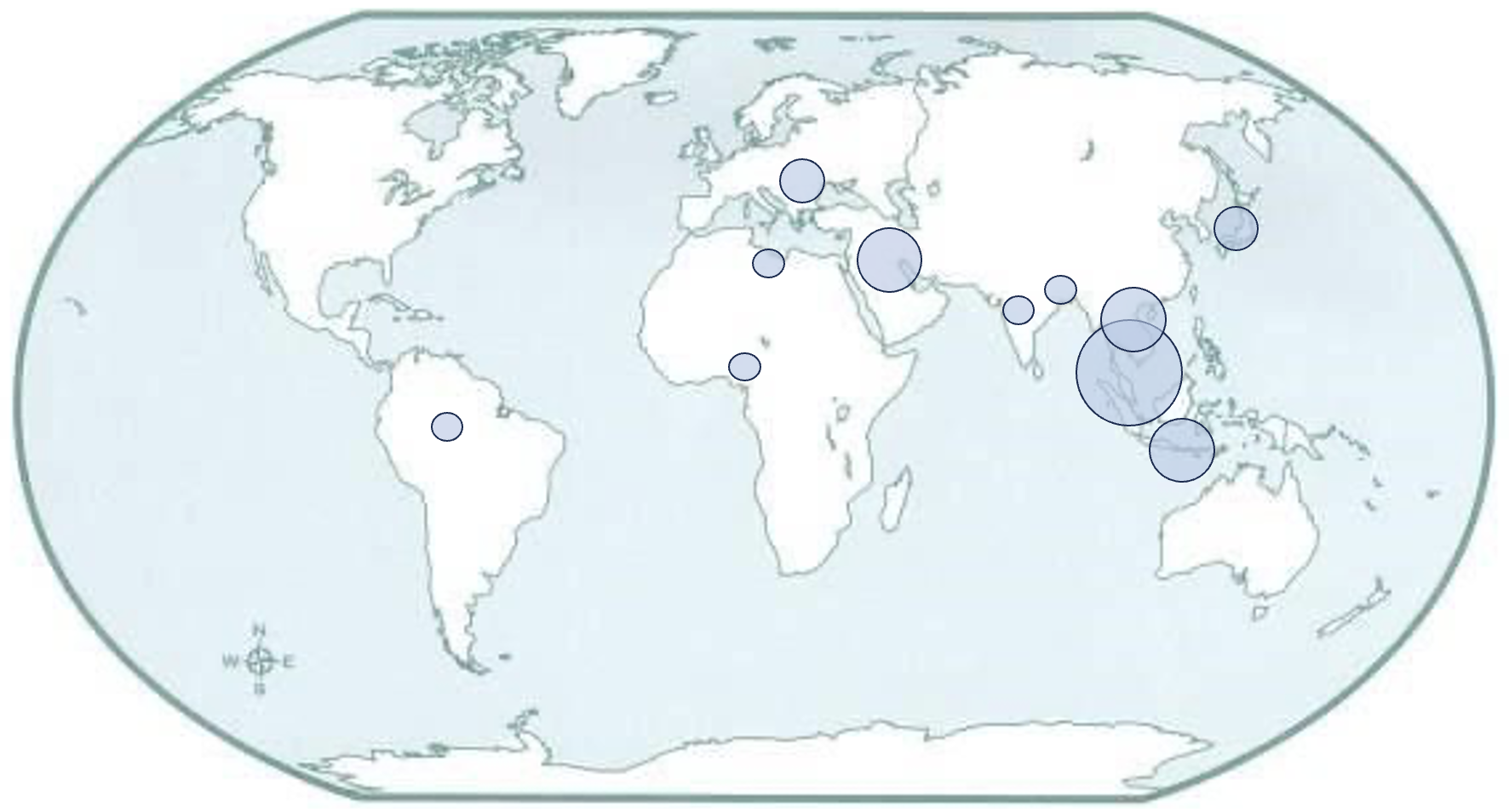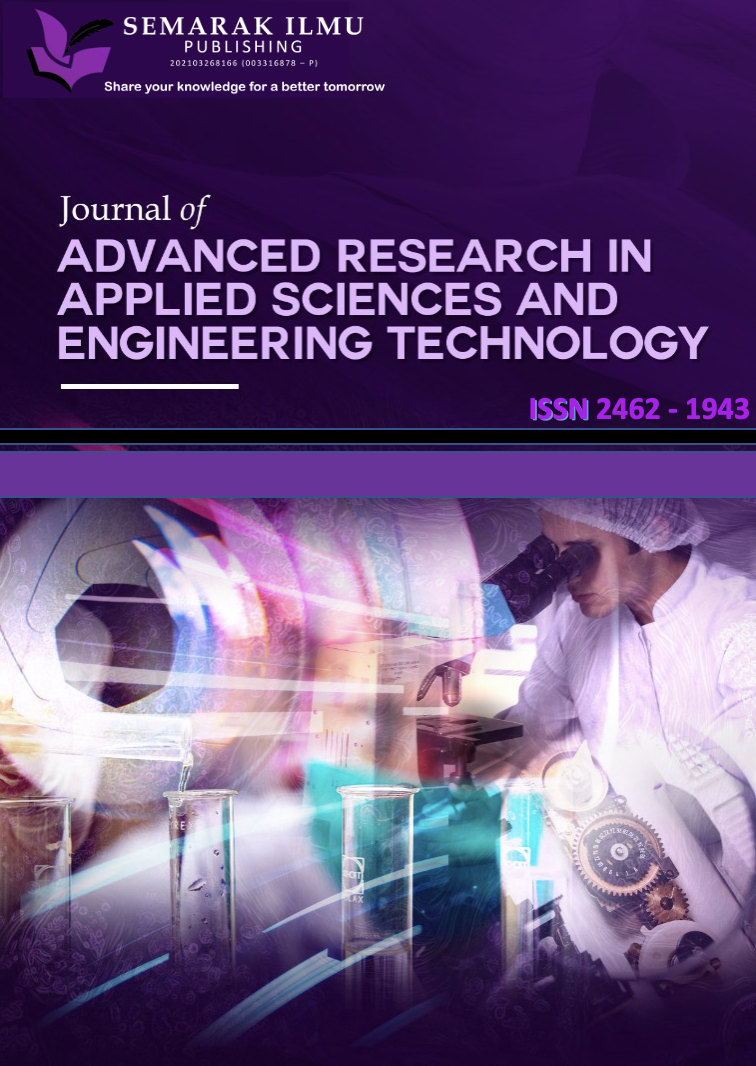The Characteristics of Resin Waste (RW)/Recycled High-Density Polyethylene (R-HDPE) Blends to Enhanced Pavement
DOI:
https://doi.org/10.37934/armne.26.1.114Keywords:
Resin waste, HDPE, blends, pavement, tensile strengthAbstract
Permeable pavement is characterized by open cell structures that enable the drainage of rainfall and snowmelt, as opposed to the runoff observed on impervious pavements. The structural strength of commercial permeable pavement materials is lower than that of conventional pavements due to inherent permeability and structural distinctions. This research focuses on the fabrication of samples using a combination of Resin Waste (RW) and reinforced Recycled High-Density Polyethylene (R-HDPE) in varying ratios of RW (30%, 40%, 50%, 60% and 70% wt/wt). The fabrication process involves a 3-hour heating process at 200°C in a furnace, followed by a 24-hour cure at room temperature. Physical and mechanical properties of the RW/R-HDPE Blends were examined, revealing that the 60% R-HDPE ratio resulted in the lowest density (4.523 g/cm3) and porosity (0.246%). SEM images displayed fewer voids, indicating effective filler dispersion and resin matrix interaction at the 60% resin waste ratio. Tensile strength and stiffness elasticity were maximized at 60% wt/wt of R-HDPE, reaching 3.36 MPa, while the bending strength peaked at 1.1 MPa at the same ratio. The 60% RW/R-HDPE ratio recorded the highest impact strength (26.25 kJ/m2) and energy absorption (1.69 J), showcasing the sample's ability to absorb impact energy through controlled failure mechanisms. In conclusion, the 60% wt/wt RW/R-HDPE Blends exhibit promising potential for enhancing the properties of permeable pavement, particularly in road applications, due to its superior bending and tensile strength.
Downloads

























